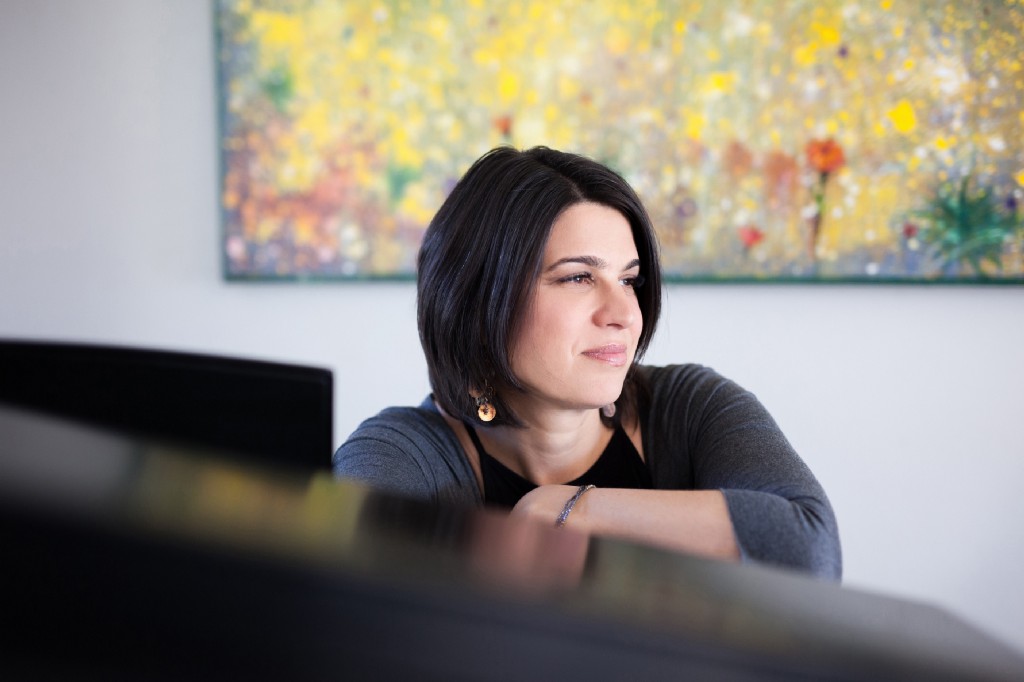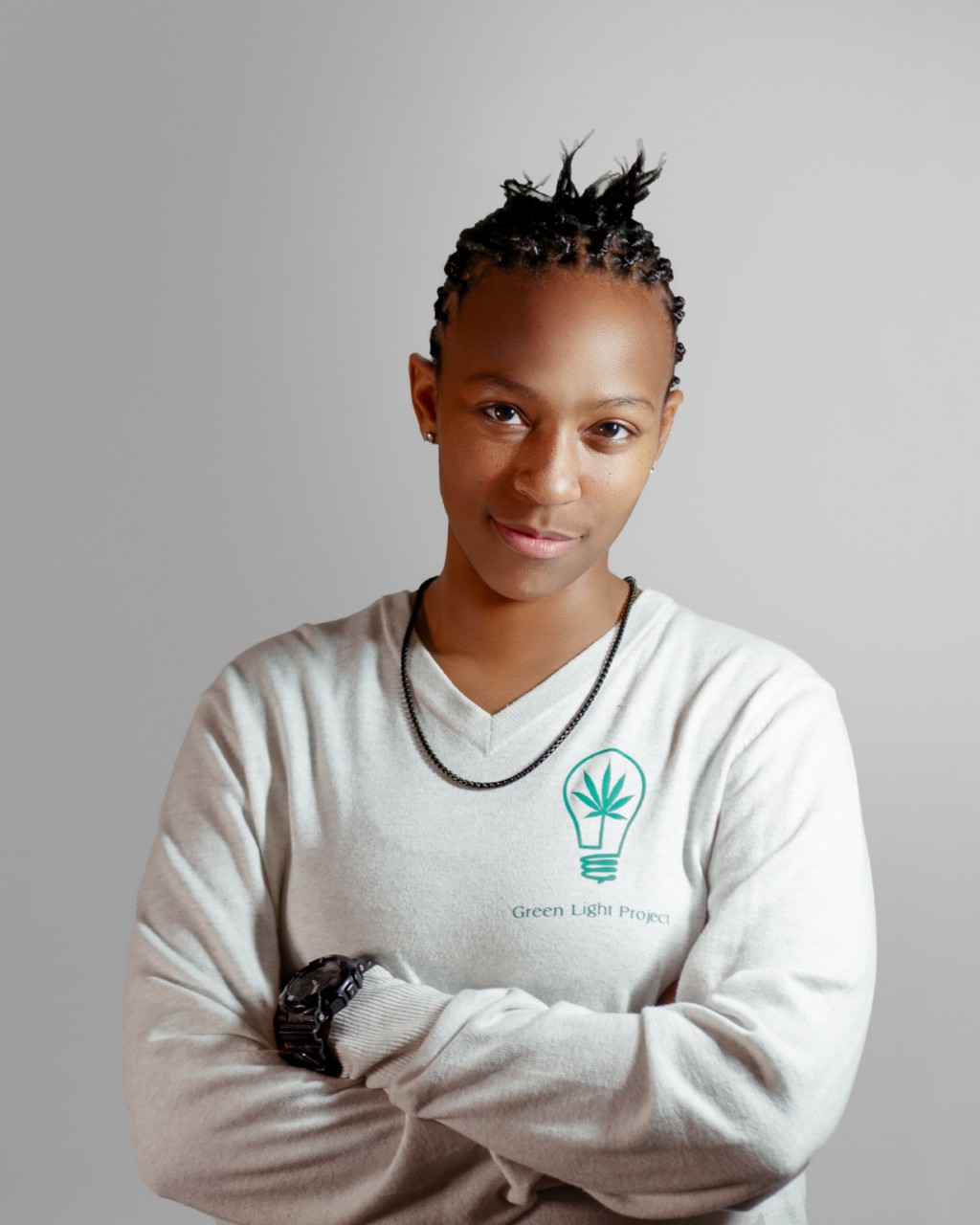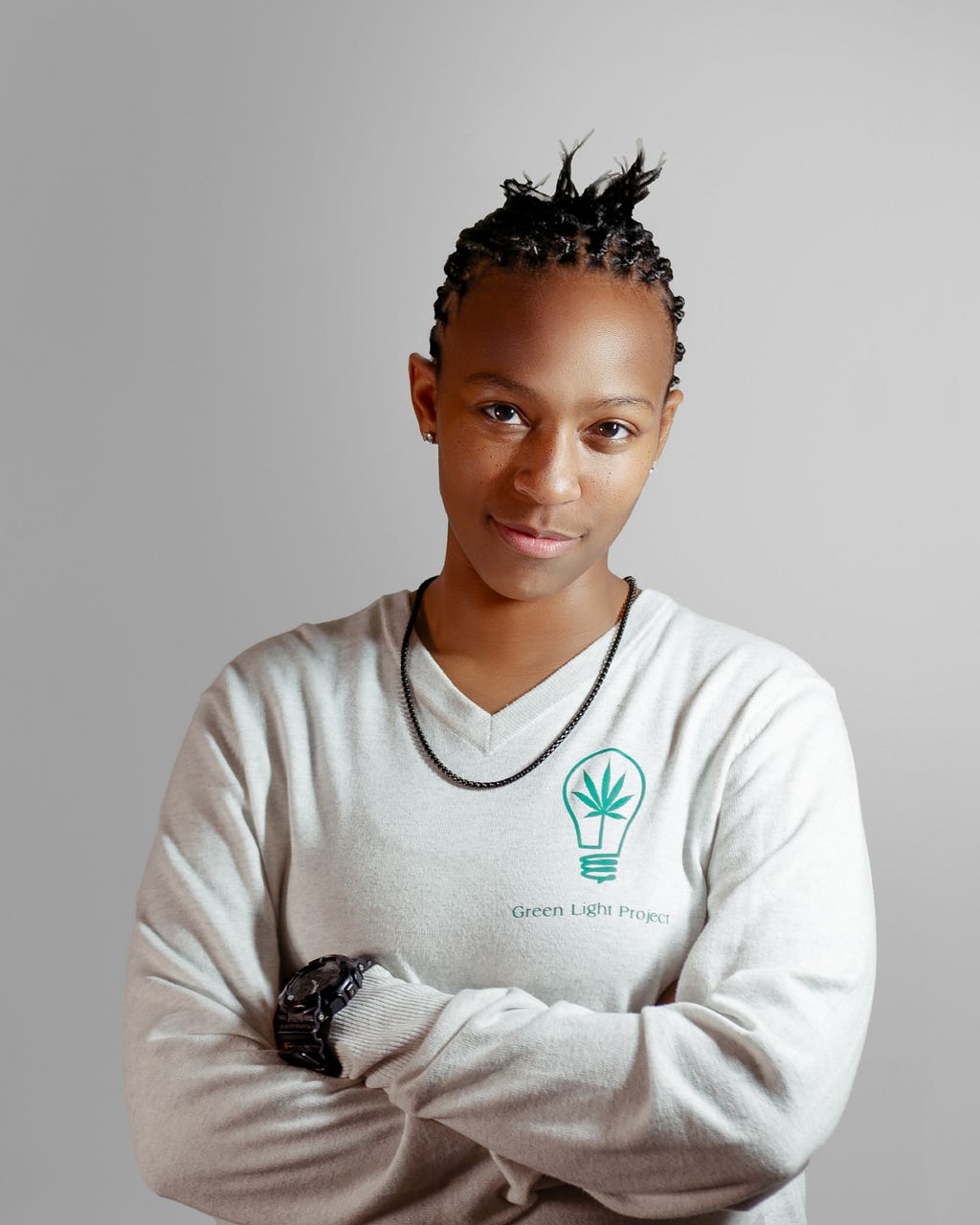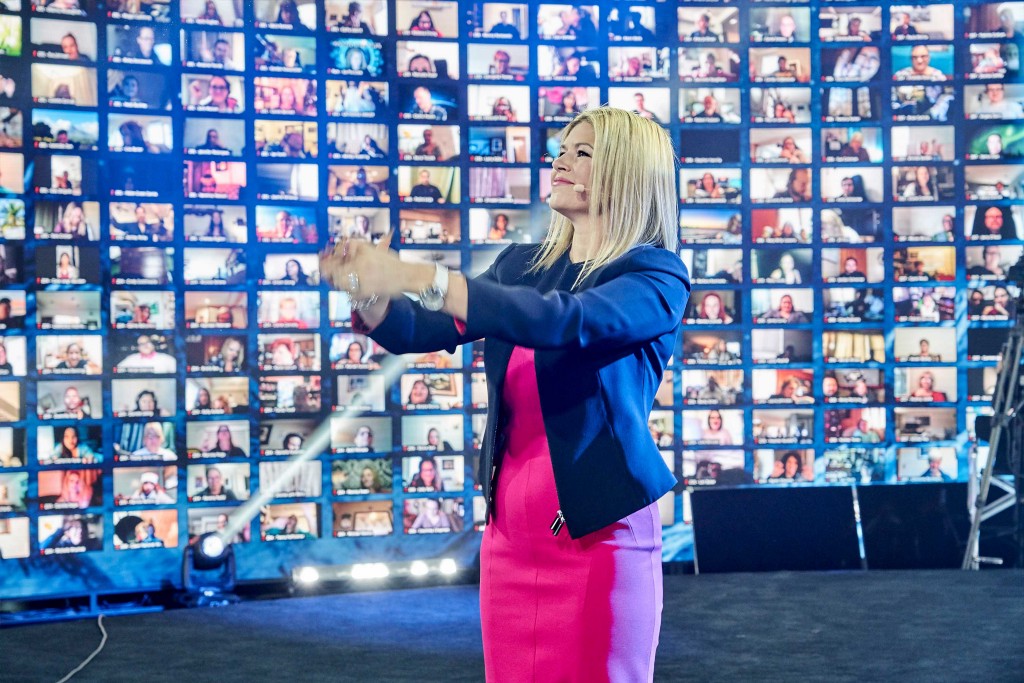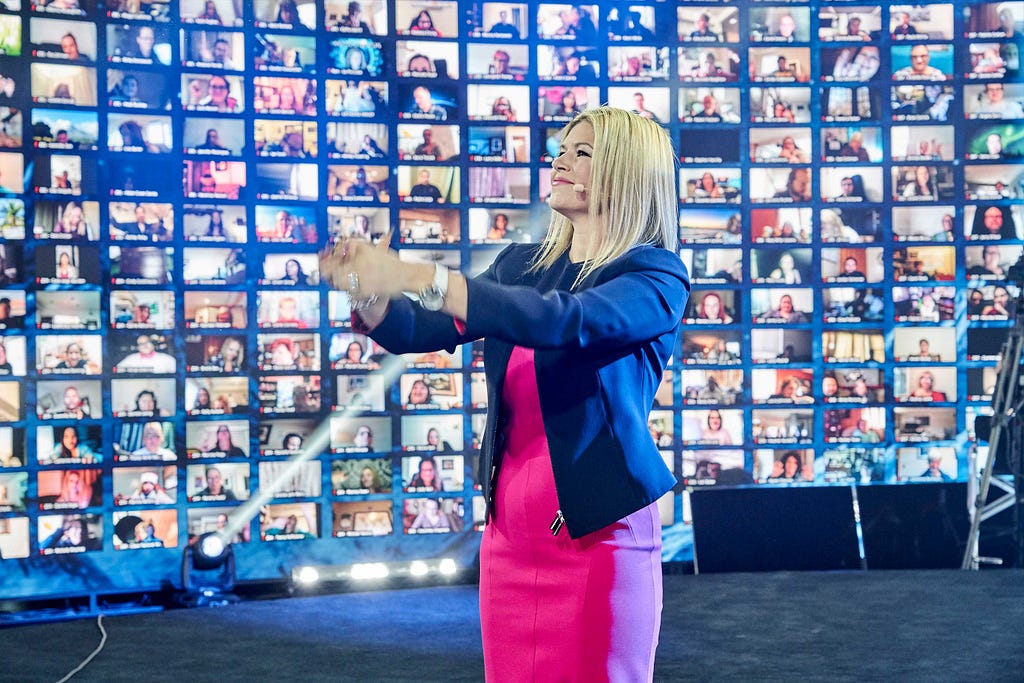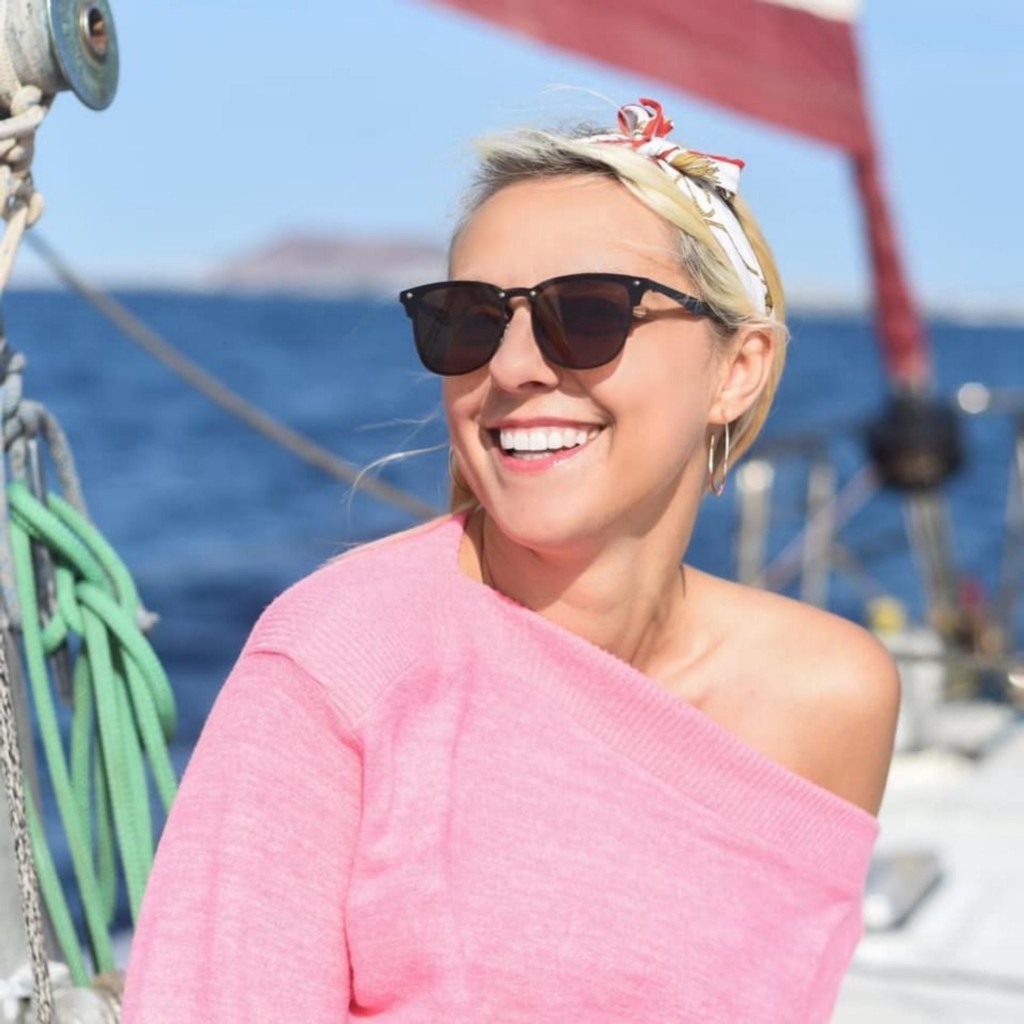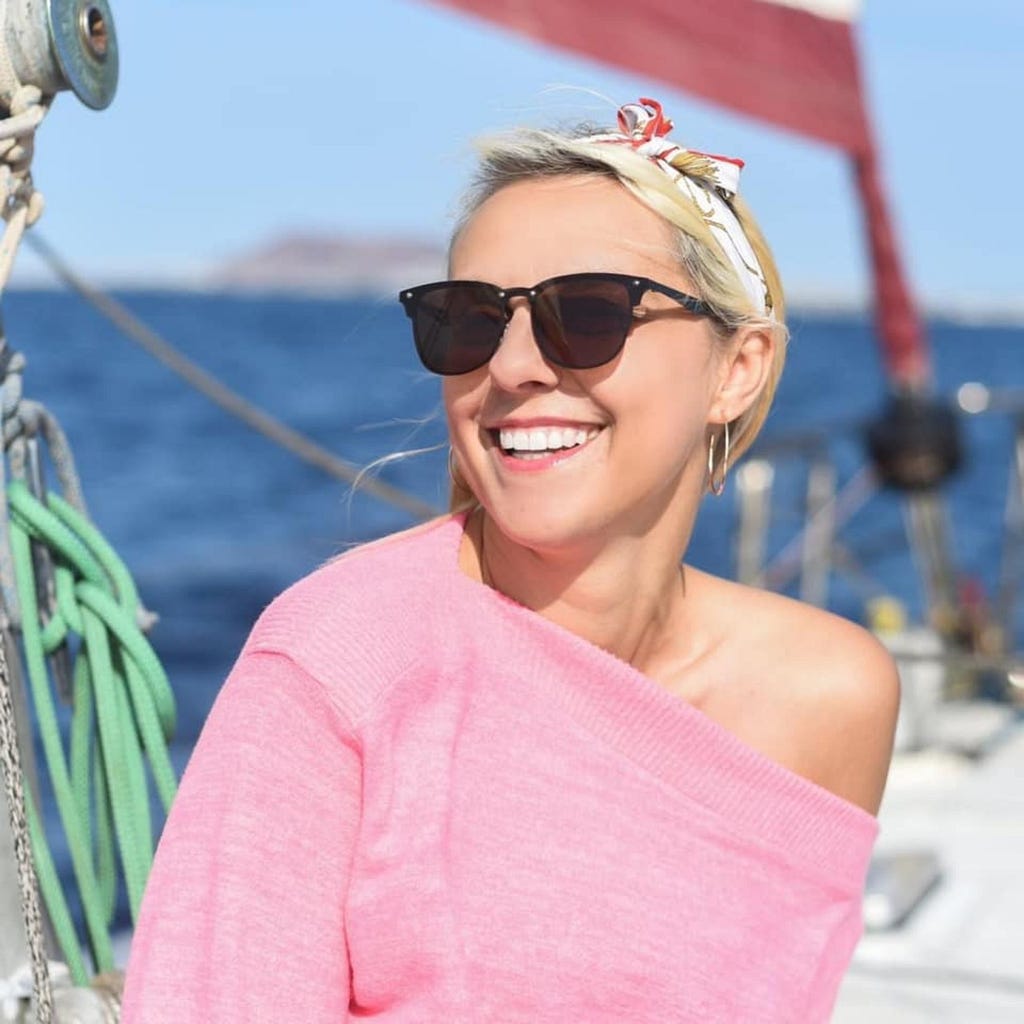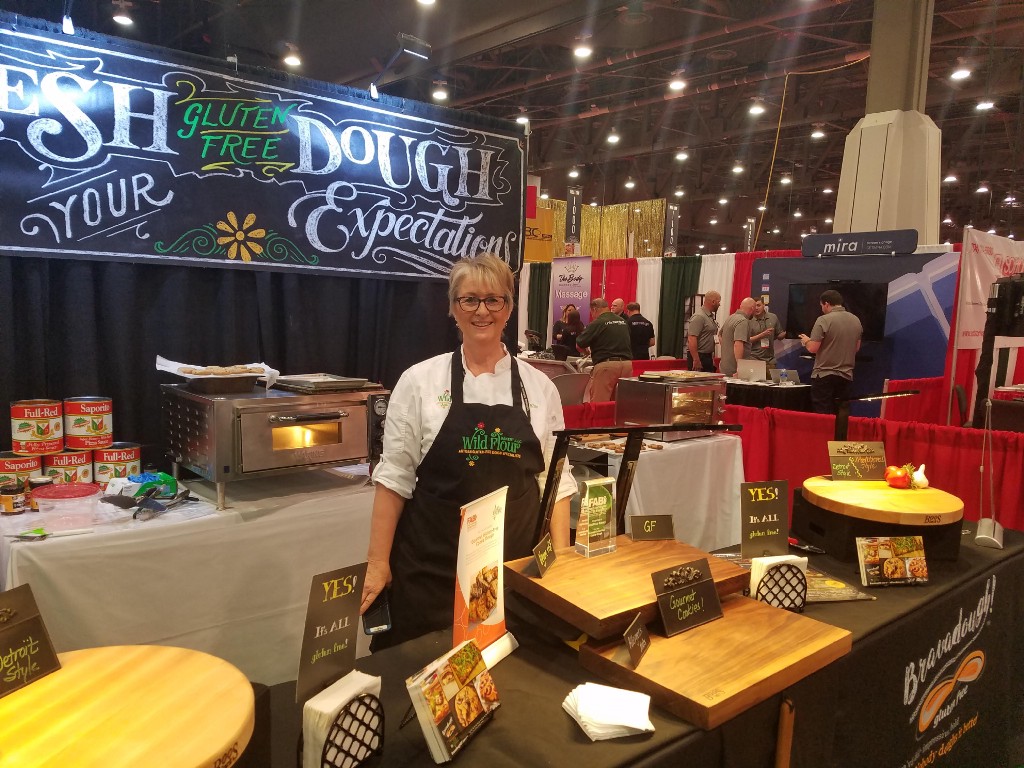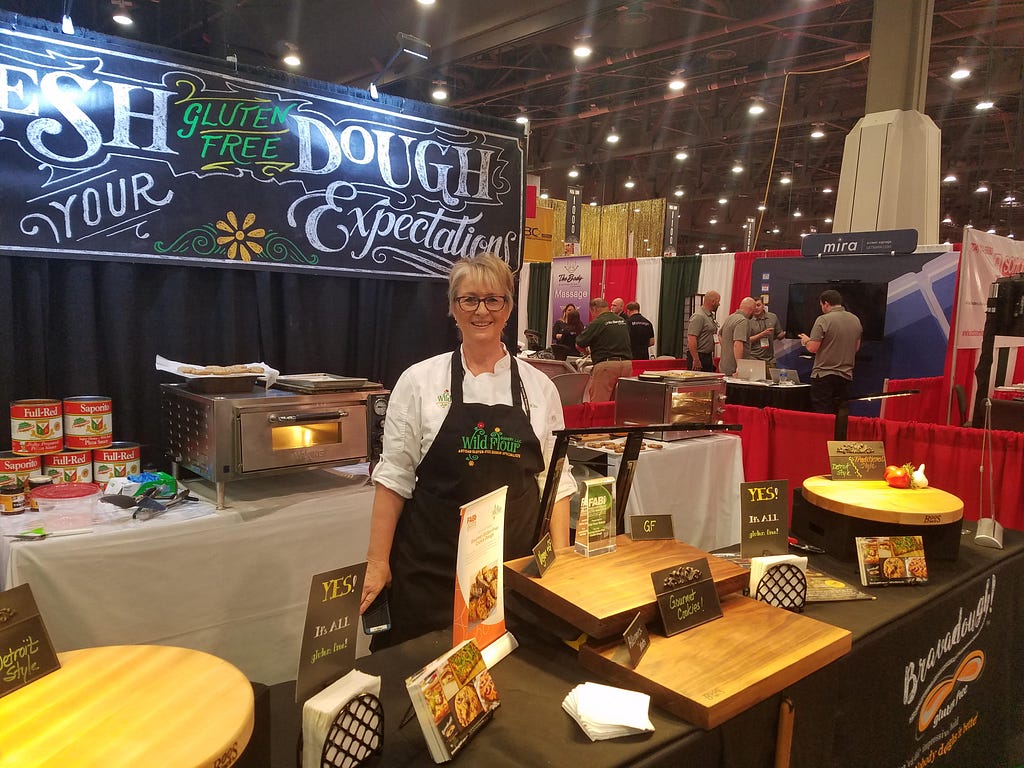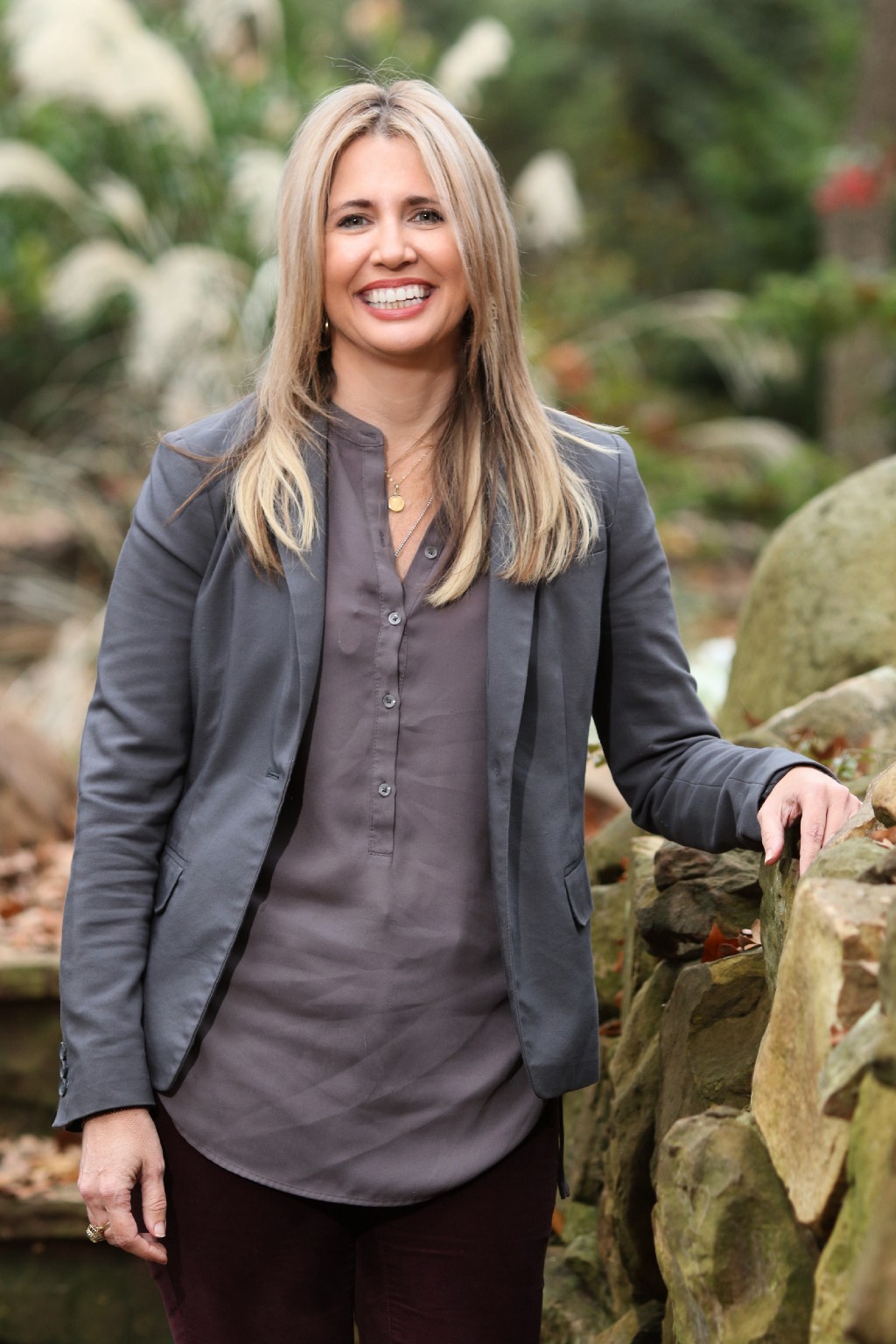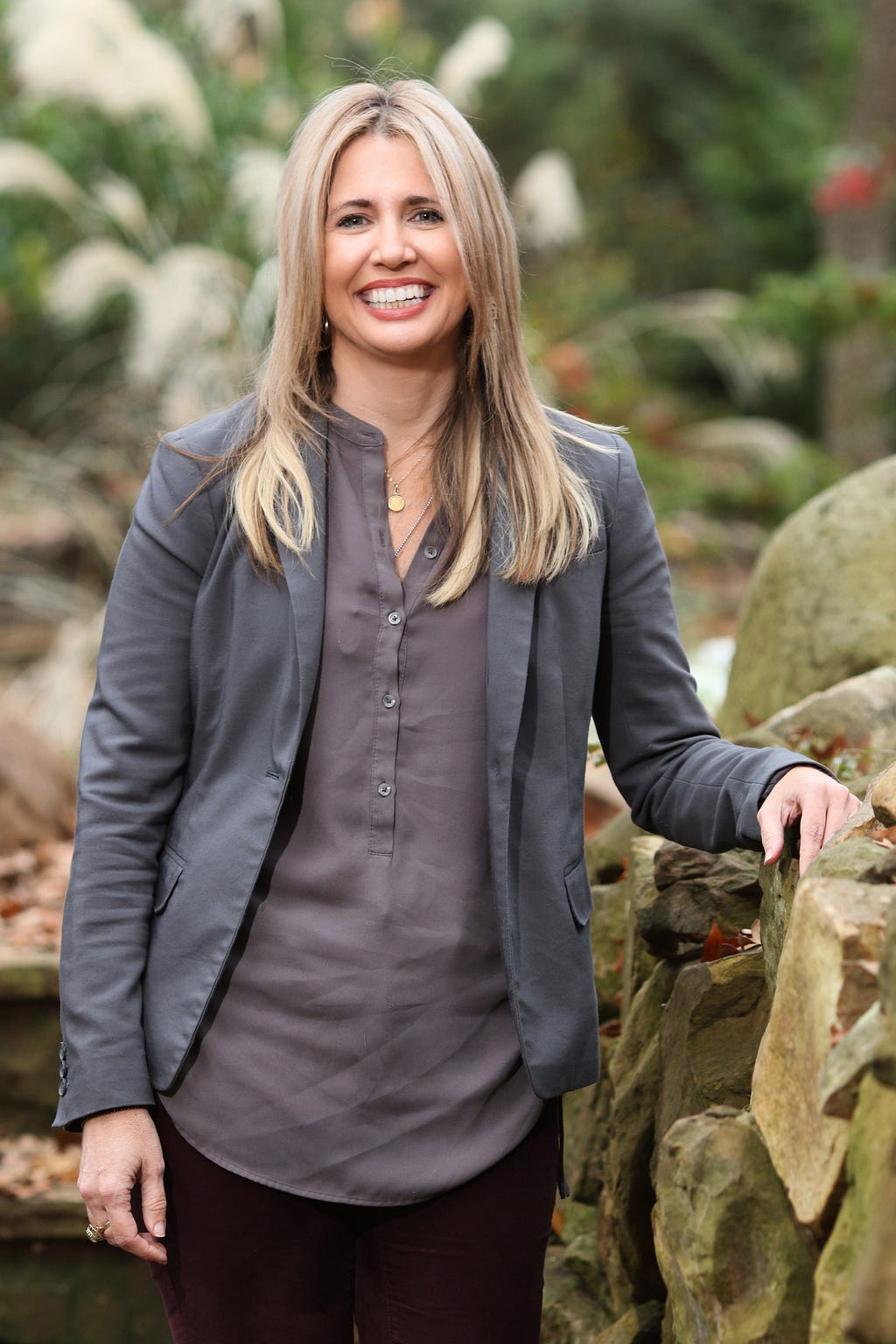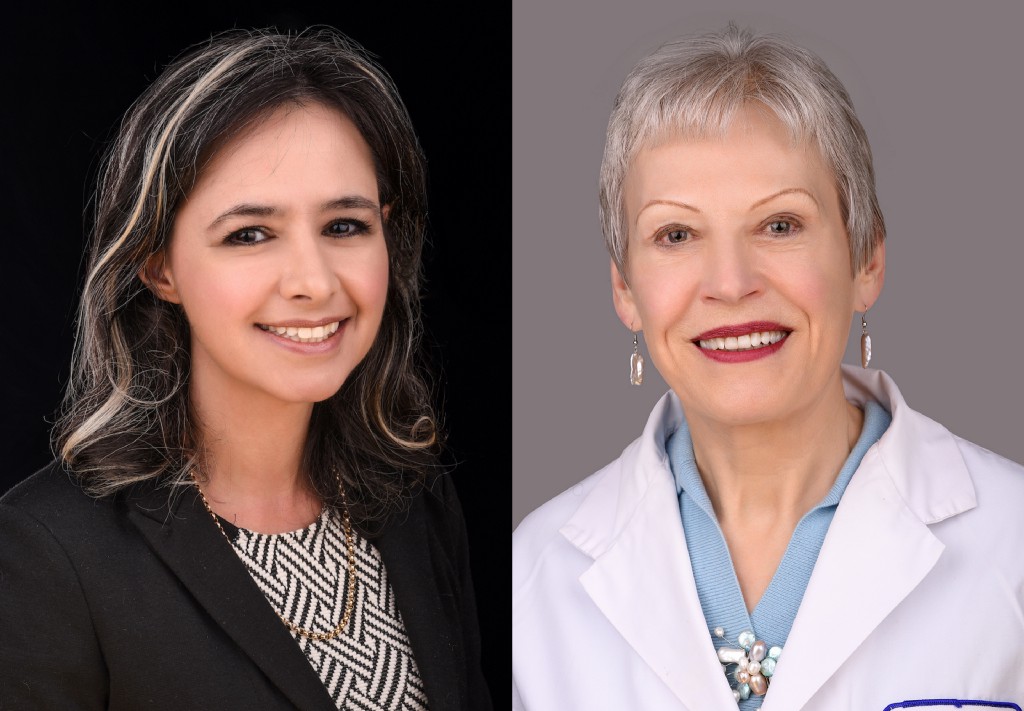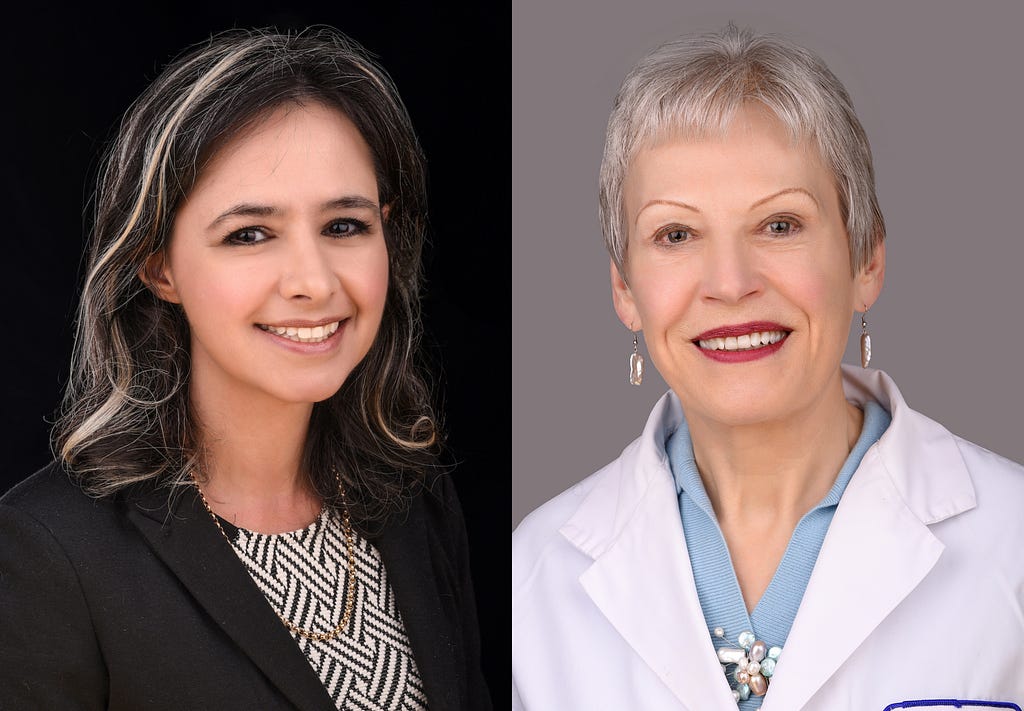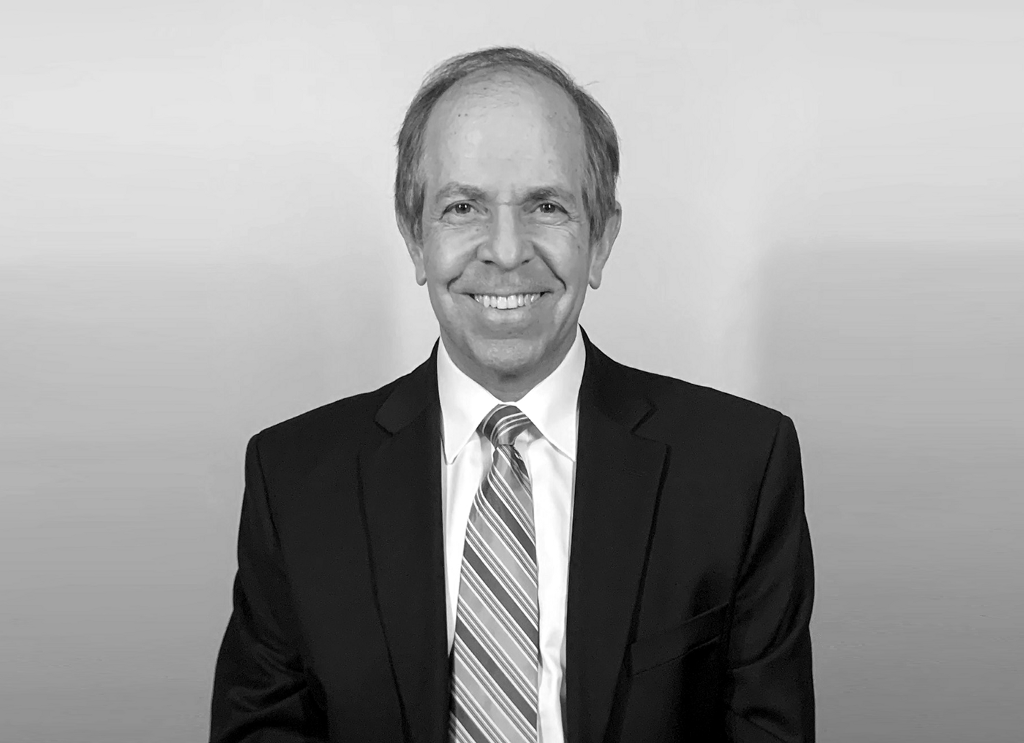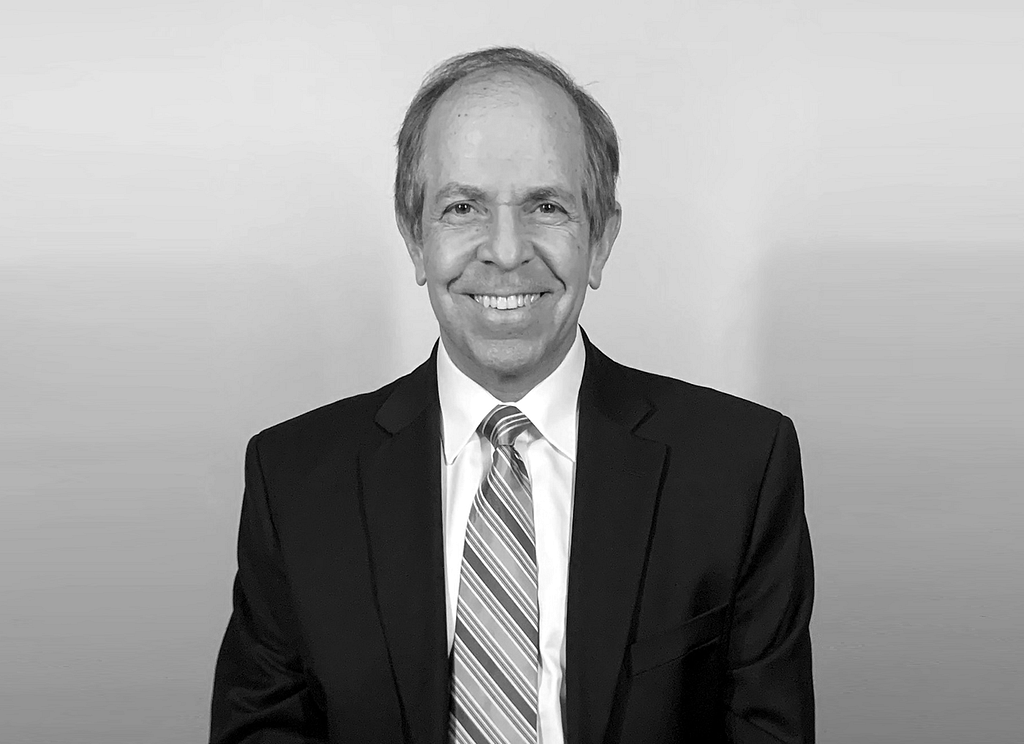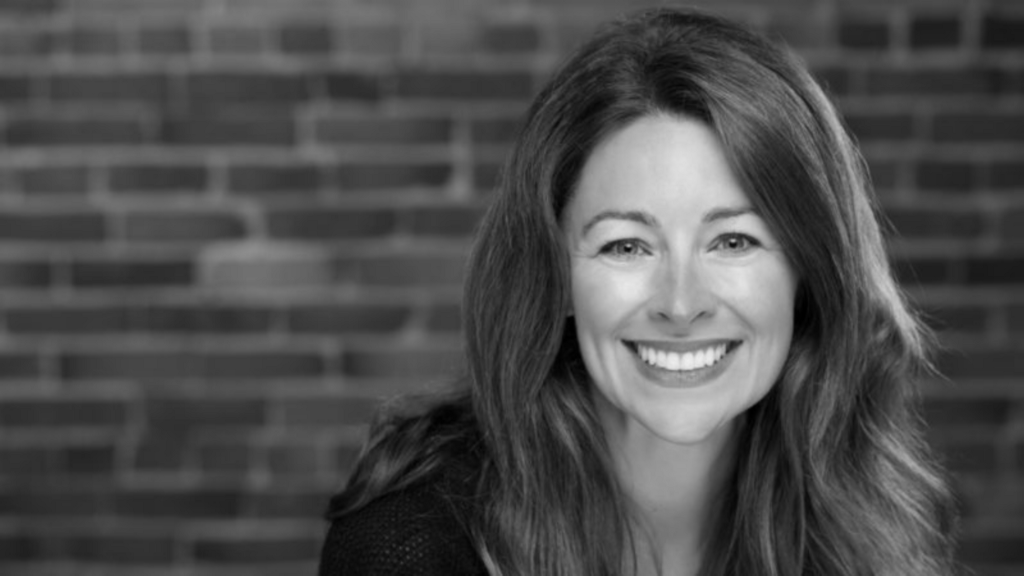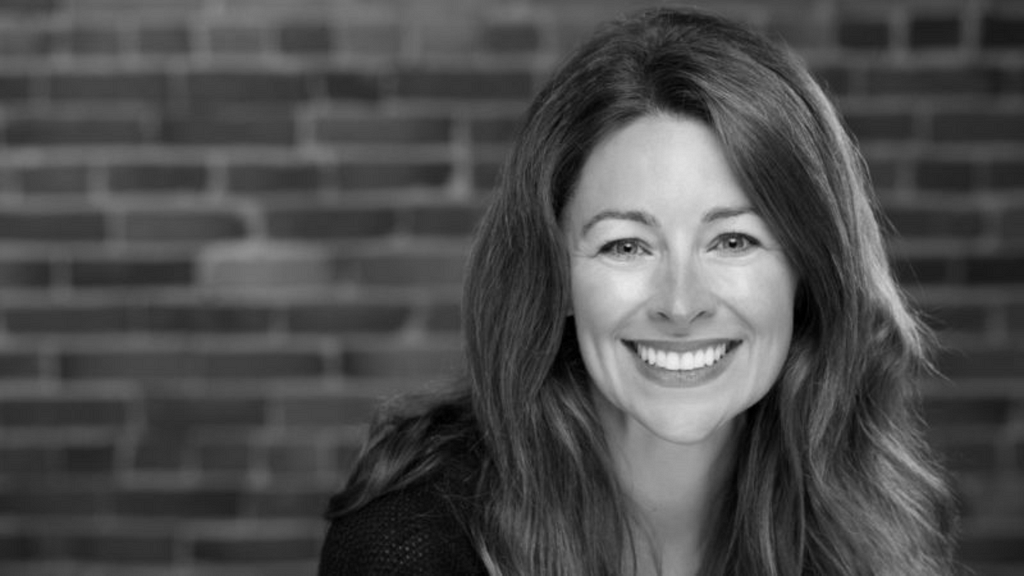Women In Wellness: Jennifer Bloom of Emerging Perspectives on the Five Lifestyle Tweaks That Will Help Support People’s Journey Towards Better Wellbeing
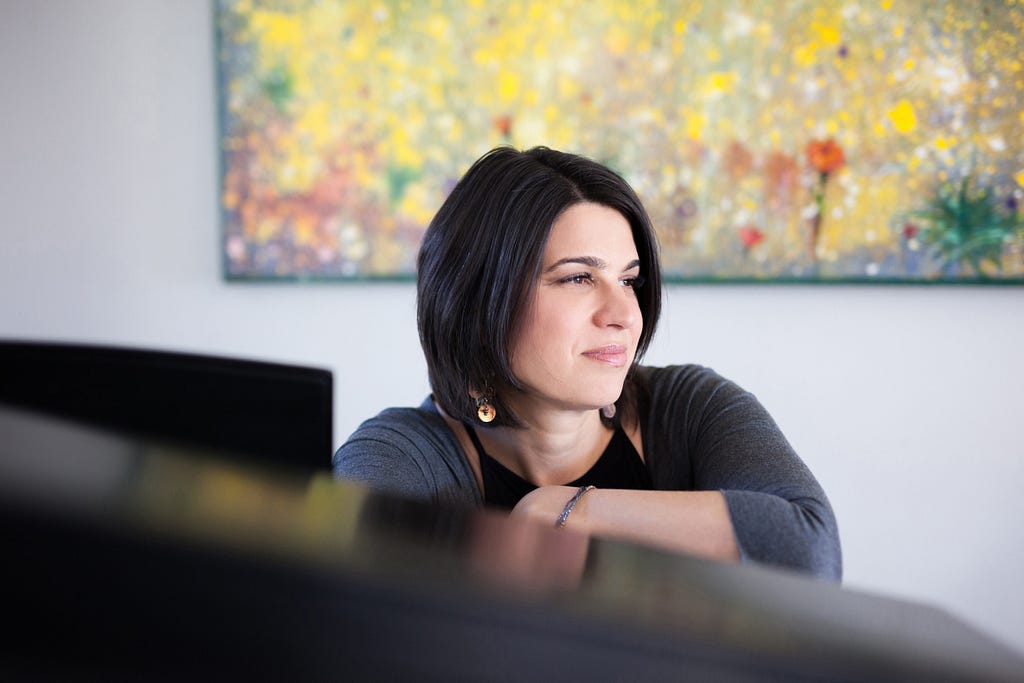
Be open. — Life is full of ideas, experiences, and perspectives, and yet there is an aspect of our brains and nervous systems that craves predictability and certainty. Sometimes this need for certainty can create a sort of tunnel vision, one in which we see what we expect to see.
As a part of my series about the women in wellness, I had the pleasure of interviewing Jennifer Bloom.
Jennifer Bloom is a poet, singer, scholar, and mother who believes that well-being thrives when we recognize and embrace our interconnection with all beings and the ecosystem of the planet. Jennifer has published two collections of poetry and an album of music, and writes a weekly blog. She is the co-founder of Emerging Perspectives, a consulting group that facilitates experiences for people and organizations to embrace new ways of thinking, being, and doing. She holds degrees from Yale University and the Harvard School of Public Health.
Thank you so much for joining us in this interview series! Our readers would love to “get to know you” better. Can you share your “backstory” with us?
As a child, I was obsessed with the movie, “The Wizard of Oz.” I used to introduce myself to strangers as Dorothy and tell them I had a dog at home named Toto. Looking back on my journey of how I’ve gotten to where I am, I’d have to say it resembles traveling the yellow brick road. I explore opportunities as they arise, meet challenges that often take me in new directions, and make friends all along the way. I’ve always had a variety of interests, both intellectually and creatively, and I love learning. I’m thankful that my parents never told me I had to choose one thing to “be.” From pursuing theater, music, and creative writing to public health and leadership development, I’ve been able to weave my passions for science and creative expression in many different ways. I’ve spent twenty years consulting with public health programs, sung with choirs, and published and performed poetry and music. My growing edge, the area where I’m focused on charting new territory, is around integrating these multiple dimensions of myself in ways that enhance both my creative work and the work I do with people and organizations — like bringing poetry into spaces where it’s unexpected, and infusing my poetry spaces with some of what I’ve learned in my work with organizations and change.
Can you share the most interesting story that happened to you since you started your career? What were the main lessons or takeaways from that story?
Along this winding road, I’ve learned to follow my intuition and choose what was right for the moment, even when I didn’t know where it was leading me. In 2019, I had the strong urge that it was time to leave my job at the University of Texas at Austin, where I had worked for the past sixteen years. Even though I loved what I was doing, the people I worked with, and the security of that job, something inside me felt like my time there was complete. It was scary for sure! I didn’t know what I would do next, but I had so many creative ideas percolating and an overwhelming sense that it was time to make space to explore what was possible.
One of the ideas that had been a dream seed was to create a workshop around navigating change. On March 14, 2020, as life was shutting down because of the pandemic, and fear and uncertainty were rising, I shared this seed with a friend. She said, “I bet you could launch a class online in a month and have twenty people sign up. You can create the content as you go and it sounds like something people could use right now.” I shared the idea with my Emerging Perspectives colleagues and they were on board to try it. We launched our pilot series of Navigating the Now in April 2020 as a free offering with twenty people enrolled. It was a wonderful way to adapt the tools we had developed over years of working with organizations to help people build personal and professional resilience the early days of the pandemic. By the end of the short series, the group had bonded so much that they wanted to keep exploring new concepts, and we continued monthly sessions throughout the summer and fall. This all served as a major catalyst for developing our work and moving it from dream to reality in a way that felt fun and inspiring.
A big takeaway for me is to trust the timing of when to let go and when to move forward. It seems like there can be fear in both endings and beginnings, whether it’s a job, a relationship, a move — really anything that disrupts the status quote. We need to lean on communities of support during those times.
Can you share a story about the biggest mistake you made when you were first starting? Can you tell us what lesson you learned from that?
Early on in my writing life, a mentor encouraged me to send some of my short stories to literary journals. I never did. I was afraid of the judgment and rejection I might receive, so I kept my personal, creative work close to me and rarely shared it with others. I reveled in helping other people and organizations craft and share their stories, but I didn’t feel confident enough to share my own. It took me twenty years to feel comfortable to share my work. Even then, I could feel my heart racing every time I pressed the “submit” button on my computer. But once I started sharing, I began to feel the impact my creative expression could have. It seems like my poetry offerings open a portal to the heart. People, both friends and strangers, started sharing their own stories with me in response to my written work and my performances. I’ve learned that my vulnerability and open-heartedness can open a window for someone else to connect with something they’ve felt themselves. I’ve come to realize that it’s not about reaching the most people, but about having a deep impact on those I do reach. If a poem can impact one person, it’s worth sharing.
I don’t regret not sharing my work all those years ago; holding back led me down some interesting roads that I otherwise wouldn’t have traveled. I guess the lesson in that is: No matter what step I take, there is no wrong path.
None of us are able to achieve success without some help along the way. Is there a particular person who you are grateful towards who helped get you to where you are? Can you share a story about that?
I remember when KK Harris, one of my early mentors (and a current business partner), and I first started working together. We were talking on the phone, and my son, who was a toddler at the time, was babbling in the background. I apologized to her for the distraction. Her response: “You don’t ever need to apologize to me for being a mom.” Her presence and respect for my role as a mother in addition to that of a colleague empowered me to be true to my desire to both have a career and be a mom.
Ok perfect. Now let’s jump to our main focus. When it comes to health and wellness, how is the work you are doing helping to make a bigger impact in the world?
We are living at a time of change and growth. With that comes uncertainty, which can put pressure on our brains and nervous systems. My poetry has become a tool for slowing down and connecting with the heart. My consulting business, Emerging Perspectives, is focused on providing people and organizations with tools and practices for cultivating well-being through collaboration and flexible planning. We work with people who sense that there’s another way to do things, who are willing to shift the paradigm but don’t know how. Our work is grounded in science, and our approach is centered around building five capacities: Openness, Curiosity, Imagination, Focus, and Reflection. We’ve worked with organizations and individuals who are passionate and devoted to their lives and work and who want to move from intention to impactful action.
Can you share your top five “lifestyle tweaks” that you believe will help support people’s journey towards better wellbeing? Please give an example or story for each.
I’ll go back to the five capacities I mentioned earlier, which are really about becoming more flexible and adaptable in a complex and rapidly changing world.
- Be open.
Life is full of ideas, experiences, and perspectives, and yet there is an aspect of our brains and nervous systems that craves predictability and certainty. Sometimes this need for certainty can create a sort of tunnel vision, one in which we see what we expect to see. Openness is about paying attention to our experience and allowing thoughts, feelings, and sensations to exist without judging or reacting in the moment. I’ve noticed that my young daughter often asks if something was good or bad. Over time, my response has become: “It’s not good or bad; it just is.” From this vantage point, we can explore a situation from multiple dimensions.
2. Engage curiosity.
For me, openness naturally leads to curiosity, the desire to learn and explore from a place of not knowing. When confronted with something new or different from what we expect, we can start asking questions like: What do I notice happening? What else might be true? What concerns me about this situation? What excites me? Oftentimes, our built-in negativity bias, which serves a very important purpose to protect us from potential danger, can also keep us from seeing the opportunities available to us and realizing the ways that we’re supported.
3. Imagine more.
Imagination can us move past the status quo to envision the many pathways that might lead us toward what matters most. Imagination can also invite joy and play, which are really superpowers for creativity. When we are in a joyful and playful brain state, our minds enter the realm of possibility; we are more likely to have insights or aha moments that lead to creative solutions and ideas. Imagining gives us a chance to test out and explore possibilities before investing a lot of time, money, and energy in any one thing. One of my favorite ways to activate imagination personally and with groups is through storytelling. What are stores about the future that I (or we) would love to explore?
4. Focus on what matters to you.
Ultimately, we need to take action and focus on what helps us direct our attention in the ways that will have the most impact. These days, between texts, emails, and social media, our attention is pulled in so many directions, and it can be easy to just keep reacting to what’s coming at us rather than choosing to direct our attention. Or, there are so many seemingly competing interests in a group, that it can be unclear what direction to go. A few years ago, I took a trip with extended family to Teton National Park. Before the trip, I emailed everyone to ask, “What’s the one thing that you would most love to do on this trip? What’s something that will leave you feeling satisfied?” Of course, everyone had a different answer! My niece wanted to go swimming at the local recreation center, which has an amazing water slide. My mom wanted some one-on-one time with each of her grandchildren. My sister wanted to take a particular hike. We made it a priority to make sure everyone got to experience their one thing.
5. Reflect regularly.
Taking the time for regular reflection allows me to notice the impact of my thoughts or actions. I have a journal I write in every night. It gives me the opportunity to scan through my day, to remember and appreciate the fullness of my experiences, and not just focus on the last thing that happened. I write down what I’m grateful for, something I’m joyfully anticipating, an intention for the next day, and a request from the universe, which I guess you could say is something like a prayer. To me, this nightly reflection brings me back to myself and my heart.
If you could start a movement that would bring the most amount of wellness to the most amount of people, what would that be?
There are so many causes and ideas to get behind, so many ways to live a meaningful and fulfilled life, and so many ways to think about and achieve wellness that will be unique to the individual and community. But ultimately, we’re all spinning around on this planet together, so we have to find ways to honor and respect diversity while also cultivating loving and respectful relationships. Most people are in environments, whether it’s work or family or community, where they have to work towards a common goal. Often these groups are made up of people who have different perspectives, habits, or belief systems. I love to create spaces where groups can allow those differences to be present and still find a sense of shared purpose, with people feeling valued and energized along the way.
What are your “5 Things I Wish Someone Told Me Before I Started” and why?
I think I need to refer to a poem from my book, Within My Illusions, for this one. It’s called, “Four Things to Remember Before Jumping Out of an Airplane (or Doing Something Terrifying; or Doing Something Exciting; or Pretty Much Every Day)”.
- Life is a gift.
2. Anything is possible.
3. It’s happening.
4. Savor the unfolding.
I was inspired by my grandfather, Josey, who was a paratrooper in World War II and lived with the pain of an injury he endured during the D-Day battle. He also lived with a zest and enthusiasm for everyday life that seems rare to me. He used to tell me stories about how much he loved jumping out of airplanes, so much so that he used to volunteer to test parachutes! I can’t relate to jumping out of airplanes, but I can relate to the feeling of stepping into the unknown, taking personal and professional risks both big and small. This poem reminds me to stay grateful, open, present, and filled with wonder, just like Josey was.
Sustainability, veganism, mental health and environmental changes are big topics at the moment. Which one of these causes is dearest to you, and why?
To be honest, I think all of these topics are connected. I’ve come to wonder if our personal, collective, and planetary well-being might depend on recognizing and embracing our connections with everything in the universe. We need to tell a new story about what it means to be human that has the potential to change the way we relate to the environment and all life. So much of my family time as a child involved exploring mountains and beaches. My mom always loved to take us to quiet places where we could just “be.” My dad knew so much about all the other species of plants and animals that lived around us. Neither of them would have called themselves environmentalists, but I grew up with this sense of deep reverence for the Earth we call home and all of the other beings who share it with us. It occurred to me that while humans have a huge impact on the planet, we’re just a small fraction of all life. What do we do about that? How do we direct our impact in a way that allows all life to thrive? I don’t think there’s just one answer to this question, but I think we all have a part to play. It brings me back to Mary Oliver’s lines: “What does it mean that the Earth is so beautiful? And what shall I do about it? What are the gifts that I should bring to the world? What is the life that I should live?”
What is the best way our readers can follow you on social media?
The best way for readers to follow me is by subscribing to my blog at Jennifer-Bloom.com. I send emails with poetry, musings, and information about events and new releases, including my monthly Poetry Timeouts and future Navigating the Now courses. I do have Instagram and Facebook (@jenniferbloom.musings), but I rarely post.
Thank you for these fantastic insights!
Women In Wellness: Jennifer Bloom of Emerging Perspectives on the Five Lifestyle Tweaks That Will… was originally published in Authority Magazine on Medium, where people are continuing the conversation by highlighting and responding to this story.


